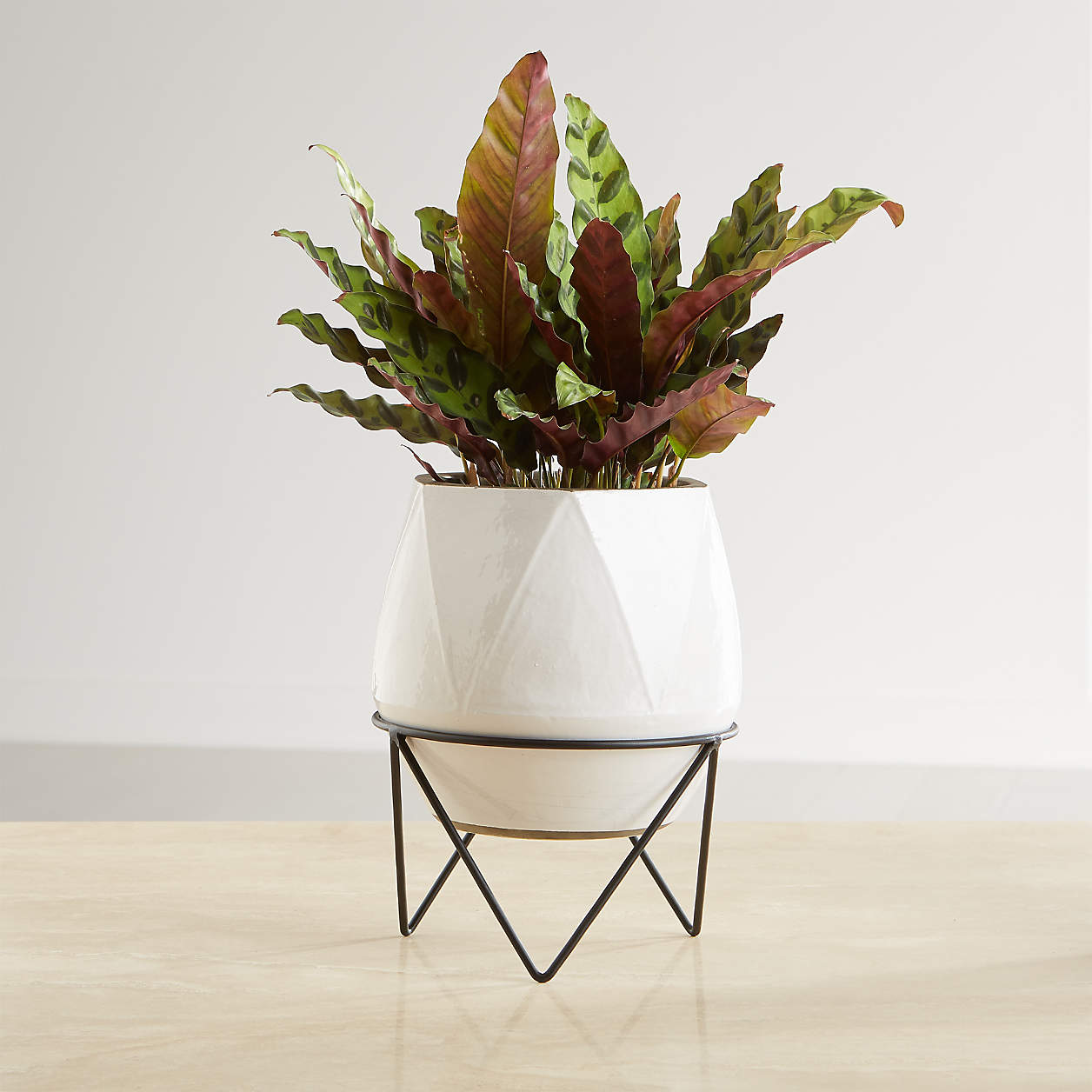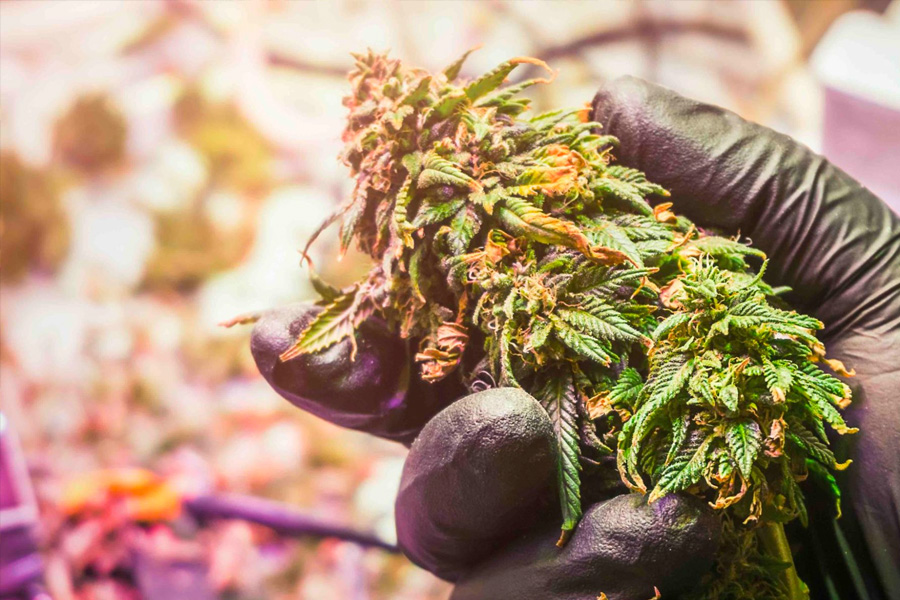How the a+r Planter Transforms Your Space into a Lush Oasis of Joy

The first time I bought an A+R planter, I fell for the hype: sleek design, self-watering promise, and that subtle “I have my life together” energy it gave off in photos. But here’s what no one tells you—designer planters are just as susceptible to rookie mistakes as any random pot from the hardware store. In fact, they sometimes invite a different kind of mess-up.

Let’s break down the real-world pitfalls most people never mention when it comes to A+R (or any high-end designer) planters:
Mistake #1: Thinking “Designer” Means Zero Maintenance
It’s tempting to assume that paying $50-$100 for a planter means you’re buying your way out of plant care headaches. I learned this the hard way with my first Ecopots Amsterdam from A+R. The matte finish looked incredible on my bookshelf—but within three weeks, mineral deposits started ghosting across the surface because I’d been watering with hard tap water. Turns out, even minimalist planters need regular cleaning or filtered water if you want them Instagram-ready.
Analyst’s Tip:
Track maintenance like you’d track workouts. Every six weeks, set a 10-minute timer: wipe down the exterior, flush the reservoir (if there is one), and check for buildup at hidden seams.

Mistake #2: Ignoring How Size and Shape Skew Your Plant’s Health
Photos online are deceiving—I once ordered a “medium” planter that barely fit a 4-inch nursery pot. Worse yet: top-heavy plants like snake plants in narrow-bottomed designer pots will tip over faster than you can say “gravity.” The result? Soil everywhere and a chipped windowsill.
Counterintuitive Insight:
Don’t trust product names—measure everything. Use painter’s tape to mark out dimensions on your actual shelf or sill before buying. If your plant is tall or bushy, prioritize low and wide bases over slender ones (no matter how chic).

Mistake #3: Forgetting That Self-Watering ≠ No-Watering
Here’s where almost everyone slips up—myself included. Self-watering features sound foolproof (“pour water once, forget for two weeks!”), but reality is trickier. In 2022, I left town for ten days with my Calathea in an A+R self-watering pot; I came back to droopy leaves and brown edges because I’d filled the reservoir too full and roots stayed soggy.
Data Point:
Most self-watering reservoirs are sized for average indoor humidity—about 40-60%. If your apartment runs dry in winter or swampy in summer, adjust accordingly by filling halfway until you know how thirsty (or not) your plant really is.
Mistake #4: Not Matching Planter Material to Your Space & Plant
No blog post ever warned me that ceramic planters retain moisture longer than plastic or metal ones—which meant my cactus nearly rotted after one enthusiastic watering. Conversely, metal heats up fast near sunny windowsills and can scorch delicate roots.

Personal Test:
Back in 2019, I lined up three identical pothos cuttings—one each in ceramic, recycled plastic (Ecopots), and metal pots on my south-facing ledge. By week four:
- Ceramic = lush but borderline damp
- Plastic = steady growth
- Metal = wilted edges from heat stress
Lesson learned: match material not just to decor but also light exposure and plant type.
Mistake #5: Overlooking Drainage Details Until It’s Too Late
No one likes talking about drainage holes, but lack of one is a silent killer—and an easy oversight when aesthetics rule. One friend used her A+R ceramic planter straight out of the box; her fern drowned within a month due to standing water at the bottom.
Analyst Strategy:
If there’s no hole underneath:
- Use it as a cachepot only (keep your plastic nursery pot inside)
- Or add a layer of LECA balls (~$8 per bag) at the bottom before adding soil
But don’t skip drainage entirely unless you enjoy root rot roulette.

What Most People Won’t Admit About Designer Planters
A+R curates beautiful pieces—but beauty doesn’t exempt you from trial-and-error learning curves. Here are three silent truths:
- You’ll probably buy the wrong size at least once. Even pros do.
- You’ll misjudge watering needs based on looks alone—and some plants will fail before you calibrate.
- You’ll realize after unboxing that placement matters more than color or shape if you want healthy plants long-term.
Analyst’s Playbook for Getting It Right
- Audit Your Plant First: List its light/water needs; measure root ball depth.
- Map Your Space With Tape: Physically outline potential spots before purchase.
- Check Product Specs Meticulously: Don’t rely on stylized photos—look for internal diameter/depth/drainage details.
- Plan For Maintenance Costs: Filtered water? LECA balls? Occasional cleaning products? Budget ~$10-$20/year extra per designer planter.
- Document Results: Snap progress pics monthly—note which combos thrive versus flop so future buys are smarter.
- Share Failures As Well As Wins: Most advice skips right to success stories; sharing what didn’t work helps others avoid repeat mistakes (and makes you look like less of a robot).
Final Thought
A+R planters can elevate your space—but only if paired with realistic expectations and honest self-audits along the way. The difference between frustration and flourishing isn’t money spent; it’s data gathered through observation...and being willing to admit when something looked better online than in practice.
That Ecopots Amsterdam? Still going strong three years later—with filtered water now, regular cleanings scheduled in Google Calendar…and one very happy peace lily reminding me that even analysts need second chances with their houseplants.
Before clicking “add to cart,” ask yourself which of these overlooked mistakes might be hiding in plain sight—and adjust accordingly for results both beautiful and sustainable this time around.



